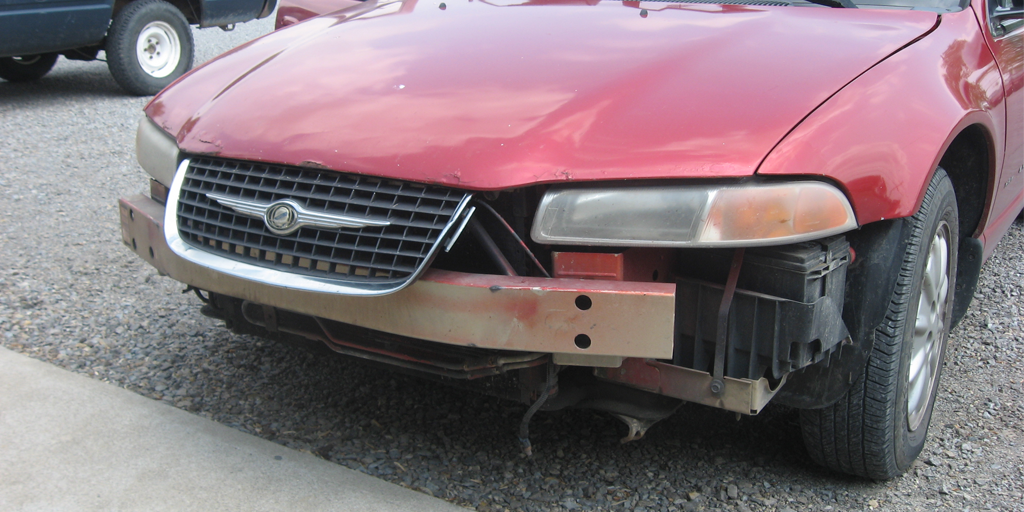
There are many things you need to know about car batteries maintenance. Here's how you can clean and inspect your car battery. Avoid using baking soda to clean the terminals of your battery. This can cause corrosion. Clean the battery's container and verify the date code. Also, avoid excessive heat. You should also drive your car at least three days per week in order to maintain its condition. It might take a little bit of time, but you'll be amazed at the difference between a healthy battery and one that isn't.
Clean battery terminals
First, disconnect the cables from both the positive and the negative terminals of the battery to clean them. You can loosen the positive and negative clamps individually. Some battery cables can be attached to top and side posts with bolts. Excess corrosion or corroded terminals may require metal pliers or a special tool. It is important to thoroughly clean the terminals before you re-connect the cables. You should then apply a layer oil jelly or protective grease to the terminals.
A solution of baking soda, water and vinegar can be used to get rid of corrosion on your terminals. The solution should be extremely dilute to remove the heavy corrosion. You can also use a special battery cleaner that can be applied using a brush. This cleaner can also be used on batteries cables. Using this method, it is advisable to wear protective gloves while performing this task.

Avoid extreme heat
To prolong the life and durability of your car battery, you should avoid heat. If you want to prolong the life of your car battery, avoid excessive heat. Instead, keep it charged and store it in a cool location. In hot weather, it's a good idea to wash the battery and to test it regularly. A battery made for warmer climates has a higher electrolyte-to-lead ratio, making it better suited to high temperatures.
Excessive heat can also cause corrosion inside the battery. Corrosion can weaken the battery's ability hold a charge, and can result in malfunctioning charging systems. Extreme heat can eventually cause the death of your car's battery. Also, hot batteries can accelerate the corrosion process. This can drastically reduce the battery’s ability to last and also cause it to be less efficient. To avoid corrosion occurring, it is a good idea to regularly check the battery and clean it with a copper brush.
Clean battery case
One of the first things to do when you need to keep your car battery in tiptop shape is to clean the battery case. An unclean battery case can lead you to problems such as premature drain or cracks and even leaks. You can also conceal other damage such as bulges and freezing. It will increase the battery's life by keeping it clean. Here are some tips to maintain your battery case in top condition.
To remove corrosion traces, use a wire brush and an old toothbrush. Make sure not to remove any lead from the terminals, as this could lead to corrosion. Next, rinse the case with water. Dry it with a rag. You can clean the case with a cleaner solution if there is still any residue. You can then apply petroleum jelly or another protective coating to clean the case.

Check the date code
The date code on your battery will tell you how to maintain your car's batteries. Many batteries include a warranty that indicates when they must be replaced. The date code is located on top of the batteries and is a combination two-digit number plus a letter. The number indicates when the battery is due to expire. If the code is A or B, you need to replace the battery within the warranty period.
Depending on the manufacturer, car batteries have different date codes on them. Some batteries indicate the date of manufacture, while others have an "inservice” date. It can be confusing to figure out the battery date. If the date code for the battery reads "2014", this means that it was manufactured December 2014. Manufacturers also put the date on the battery to calculate the warranty expiration date. You can still use your battery if it is less than 2 years old, but it may not be as efficient as it was when new.
FAQ
How long does an automotive course take?
A course in automotive lasts three years.
The first year is spent learning about cars and theory. Practical training is the second year. You will learn to drive, fix engines and perform other tasks around the car. The last year is spent at a local shop, where you will get practical experience with real-world problems.
What qualifications are necessary to become a mechanic
To become a technician, you will need to pass a series exams. These exams include:
-
A general knowledge assessment
-
A practical exam
-
An apprenticeship test
These tests are meant to help you grasp the fundamentals of mechanical engineering and physics, before you begin your journey as a mechanic.
These tests will allow you to be a mechanic once you have passed them. You will still need to complete an apprenticeship. This will require you to learn the trade.
You'll need to attend classes and workshops to learn everything you need to know about repairing vehicles. Experienced mechanics will also be required.
A mechanic must be highly focused and attentive to detail in order to succeed. You'll need to pay close attention to every aspect of vehicle repairs.
To become a successful mechanic you'll need patience. If you don't like to follow instructions, then this may not be the right career path for you.
This job is for you if you are passionate about cars and love fixing them.
What are the requirements for an automotive technician?
You must have graduated high school or GED, with excellent English and math grades. It is also necessary to be able both to read and to write. To be allowed to work, you must pass a written and practical test.
Statistics
- According to the BLS, total auto technician employment is expected to exceed 705,000 by 2030. (uti.edu)
- There were 749,900 jobs available for automotive service technicians and mechanics in 2016, which is expected to grow by six percent through 2026. (jobhero.com)
- According to the BLS, the median annual salary for automotive service technicians and mechanics in the United States was $44,050 in May 2020. (uti.edu)
External Links
How To
How to properly diagnose your car for repair
Before you can determine if your car requires repairs, it's important to first analyze the symptoms. Then, follow these steps to diagnose your vehicle properly.
-
Check engine lights. You should inspect the dashboard lights, such as the engine light indicator and the oil pressure gauge. Also, check the battery light indicator. If they have been flashing for more days than usual, it could be a sign that something is wrong with the vehicle.
-
Examine the treads of the tires. Tire wear can lead to problems in handling and brake performance. It is also important to inspect the wheel treads. You should ensure that they are clean and smooth. It is best to take off the wheels and remove them. Check the tread condition with a flashlight.
-
Monitor the level and consistency of your brake fluid. You must keep track on the level of brake fluid in your vehicle. This ensures that your brakes work properly. If your brake fluid level is low they might not work properly when you apply pressure.
-
Make sure to test the suspension system. It is common for vehicles to have a suspension system which absorbs shocks or vibrations. It improves control and allows for smoother accelerations or decelerations. Your vehicle might feel wobbly, or shake uncontrollably if it has a bad suspension. Try putting some weight on your front or rear axle to determine if you have a suspension problem.
-
Take a look at the steering column. Steering columns are used to connect the steering wheel to the rest of the vehicle's components. Accidents often damage steering columns. You should replace the steering column if it is loose or weak.
-
Pay attention to the exhaust pipe. The exhaust pipes transport gases from the combustion chamber to outside. If your exhaust pipe leaks or cracks, it will allow harmful fumes into your cabin. If your tailpipe bends, it is important to fix it immediately.
-
Check under the hood. Look underneath your hood to see if anything looks strange. Leakage of fluids in your engine could indicate that it is leaking. In addition, if you notice an unusual smell coming from your engine compartment, you should contact a professional technician.
-
Check the air filter. The vehicle's outside environment may cause the air filter to collect dust and debris. A dirty filter can lead to a poor vehicle's performance. Replace your air filter regularly.
-
Verify the fan belt. Your vehicle's fan belt connects the engine to the transmission. The engine will not turn if the fan belt breaks. It is easy to replace the belt. All you need is a screwdriver and some pliers.
-
Verify the radiator hoses. The radiatorhose carries water from your radiator to the engine. If it becomes cracked or damaged, it can leak hot liquid onto the engine. To repair the leaky hose, all you need is a pair if needle-nosepliers.
-
The windshield wipers should be checked. Windshield wipers use electricity to remove snow and rain. If they stop functioning, they can leave streaks in your window glass. Change the washer fluid to fix the problem.
-
Check the battery cables. Your car's electrical system is powered by batteries. If you are replacing batteries, disconnect the negative cord first. Failure to do so can damage your alternator.
-
Make sure your headlights are working properly. Headlights help you see the road ahead. If they don't work properly, it can cause poor visibility. Check the bulbs to see if they've burned out.
-
Always check your lights. You can warn other drivers if you approach them at night. You could be distracted and cause an accident if one does not work.
-
Check the brakes. Brakes slow down your vehicle before a collision. If your brakes aren't working properly, you may lose control and crash into other cars.
-
Make sure to change the oil. The oil keeps your engine well lubricated. It helps prevent metal parts from wearing out too quickly. It is recommended that you change your oil at least once per month.